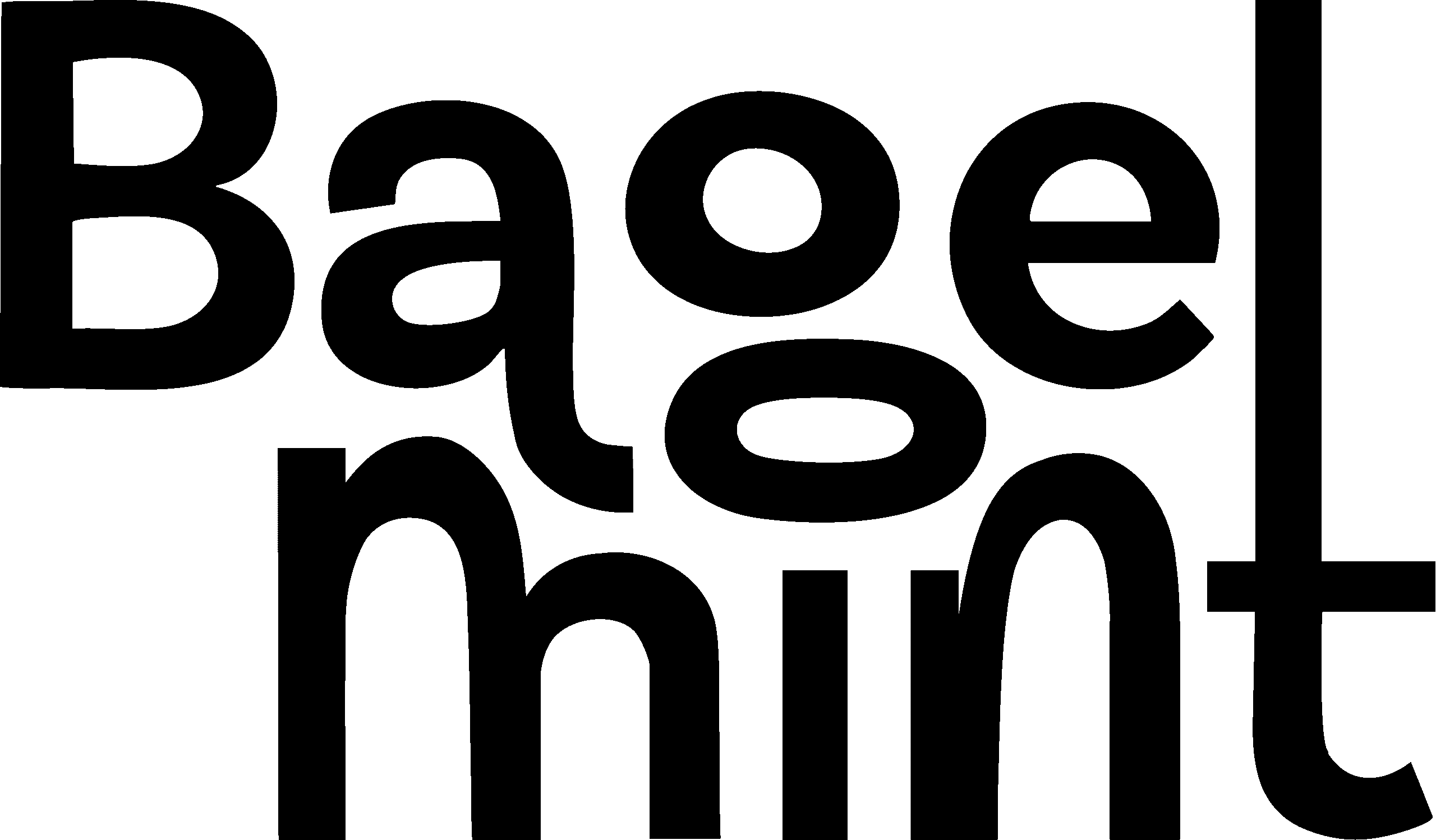Welcome back to our in-depth series on trading psychology! Our first article, “Mastering Trading Psychology: Why Mindset Dictates Market Success,” established the critical importance of a strong mindset and explored various common psychological challenges that traders face. Now, building on that essential foundation, this article delves deeper into practical applications and broader theoretical contexts. We will meticulously examine how different trading styles uniquely impact a trader’s psychology. We will also explore relevant academic theories. Ultimately, we will explore how psychological understanding facilitates the interpretation of market phenomena.
- Types of Trading & Their Psychological Impact
- What are the four types of trading?
- What are the three types of trading?
- What is the psychology of a day trader?
- Personality & Context in Trading Psychology
- What are the five personality traits?
- What is conscientiousness in psychology?
- What is a personality inventory in psychology?
- Are personality traits consistent as we age?
- Which one of the big five personality traits most negatively impacts friendships?
- What is the concept of trade theory?
- What is type theory in psychology?
- What is the grand man theory?
- What are cardinal traits?
- What is Allport’s personality theory?
- What is the self theory of personality?
- What is Cattell’s trait theory?
- What is Eysenck’s personality theory?
- What is the difference between Allport and Cattell?
- What is the five-factor model in psychology?
- What is the Guilford trait theory?
- What is Hans Eysenck’s theory of personality?
- What is type theory in psychology?
- What is conscientiousness in psychology?
- Chart Patterns & Psychological Levels
- What are the chart patterns in trading psychology?
- How to identify psychological levels in trading?
- What is daily bias in trading?
- Writer Opinion
Types of Trading & Their Psychological Impact
Different trading styles place unique psychological demands on traders. Understanding these variations helps individuals choose an approach that aligns with their psychological strengths or highlights areas for mental development. Selecting a suitable style is essential. It impacts long-term sustainability.
What are the four types of trading?
Four common types of trading are day trading, swing trading, position trading, and long-term investing, each differing in its holding periods and required psychological traits. Day trading requires rapid decisions, while long-term investing demands immense patience. These diverse styles cater to a range of temperaments.
What are the three types of trading?
Commonly categorized, three types of trading are day trading (intraday), swing trading (short to medium-term), and position trading (long-term trend following), each with distinct psychological requirements. Scalping is sometimes considered a fourth, ultra-short-term type. Recognizing these differences is vital. It guides style selection.
What is the psychology of a day trader?
The psychology of a day trader involves managing intense short-term pressure, making rapid decisions, maintaining high stress tolerance, and exercising strict emotional control to execute numerous trades within a single day. They require a swift emotional recovery from losses. This demanding style suits few. It requires extreme mental agility.
Personality & Context in Trading Psychology
While trading success hinges on unwavering discipline, understanding broader psychological concepts can offer valuable context. These theories shed light on individual differences and underlying human tendencies. They help traders understand themselves better. This self-awareness enhances performance.
What are the five personality traits?
The Big Five personality traits, a widely accepted model, describe five broad dimensions of human personality: Openness, Conscientiousness, Extraversion, Agreeableness, and Neuroticism. These traits influence how individuals interact with their environment and can impact trading behavior. This model provides a comprehensive framework. It offers universal insights.
What is conscientiousness in psychology?
Conscientiousness in psychology refers to the trait of being organized, diligent, disciplined, and responsible. In trading, a high level of conscientiousness supports adherence to a trading plan and effective risk management, which are crucial for success. This trait is highly valued. It correlates strongly with consistent execution.
What is a personality inventory in psychology?
A personality inventory in psychology is a self-report questionnaire designed to assess various aspects of an individual’s personality, often used to understand traits such as stability, introversion, or conscientiousness. Some traders use them to identify their psychological tendencies. It provides a standardized assessment. This aids self-discovery.
Are personality traits consistent as we age?
Research suggests that while personality traits can show some changes throughout life, particularly in early adulthood, they tend to become more consistent and stable as individuals age, influencing long-term behavioral patterns, including trading. This consistency impacts trading discipline. It highlights enduring psychological aspects.
Which one of the big five personality traits most negatively impacts friendships?
High levels of Neuroticism (characterized by emotional instability, anxiety, and negative emotions) can most negatively impact friendships by leading to frequent conflict and insecurity in relationships. In trading, it can manifest as emotional volatility. This highlights a universal challenge. Its impact extends beyond personal relationships into trading performance.
What is the concept of trade theory?
In the broader context of academic psychology and behavioral economics, “trade theory” refers to conceptual frameworks that attempt to explain human decision-making and interaction within exchange scenarios, providing a theoretical backdrop for market behavior. It provides underlying principles. It helps in understanding market rationality, or the lack thereof.
What is type theory in psychology?
Type theory in psychology categorizes individuals into distinct groups based on fundamental personality characteristics, contrasting with trait theories that measure continuous dimensions; in trading, it might relate to fitting a trader’s personality into a specific trading style. It offers broad classifications. This contrasts with constant spectrums.
What is the grand man theory?
The Great Man Theory is a historical theory of leadership suggesting that significant historical events are primarily attributable to the influence of highly influential individuals (great men), rather than broader societal forces. This concept is not directly applicable to individual trading psychology. It is more about historical leadership. It focuses on singular figures.
What are cardinal traits?
Cardinal traits are dominant personality characteristics that are so pervasive and influential that they define and motivate nearly all of an individual’s behavior, making them central to their identity. They are a concept from Gordon Allport’s trait theory. These are very rare traits. They form a person’s core.
What is Allport’s personality theory?
Gordon Allport’s personality theory emphasizes the uniqueness of individuals and focuses on traits as the fundamental building blocks of personality, categorized into cardinal, central, and secondary characteristics. It provides a framework for understanding individual psychological differences. His work highlighted human individuality. It emphasized personal distinctiveness.
What is the self theory of personality?
The self-theory of personality, often associated with humanistic psychology (as espoused by Carl Rogers and Abraham Maslow), emphasizes the concept of “self” and self-actualization as central to personality development and psychological well-being. It focuses on an individual’s self-perception. It highlights personal growth. This internal view shapes external action.
What is Cattell’s trait theory?
Cattell’s trait theory proposes that personality is composed of 16 basic “source traits” that can be measured, which are the underlying roots of observable surface behaviors. He developed the 16 Personality Factor Questionnaire (16PF) to assess these traits. This offers a more granular view. It provides a detailed assessment.
What is Eysenck’s personality theory?
Hans Eysenck’s personality theory suggests that personality can be understood along three main dimensions: Extraversion-Introversion, Neuroticism-Stability, and Psychoticism-Socialization, influenced by biological factors. These traits can affect a trader’s market reactions. This theory connects biology to personality. It offers a broad framework.
What is the difference between Allport and Cattell?
The primary difference between Allport and Cattell lies in their approaches to traits: Allport focused on the uniqueness of individual characteristics (an idiographic approach), while Cattell sought to identify universal, measurable characteristics applicable to all people (a nomothetic approach). They offered contrasting perspectives. Both contributed to personality understanding.
What is the five-factor model in psychology?
The Five-Factor Model (FFM) is the prevailing model in personality psychology, positing that personality is organized around five broad dimensions: Openness, Conscientiousness, Extraversion, Agreeableness, and Neuroticism (collectively referred to as OCEAN). It offers a framework for understanding trader psychological profiles. This is a widely accepted framework. It provides universal descriptors.
What is the Guilford trait theory?
Guilford’s trait theory proposed a highly structured model of intelligence and personality, identifying numerous distinct traits, often represented in a cube-shaped structure with different dimensions of mental abilities and personality characteristics. His work was complex and influential. It aimed for comprehensive classification.
What is Hans Eysenck’s theory of personality?
Hans Eysenck’s theory of personality suggests that personality can be understood along three main dimensions: Extraversion-Introversion, Neuroticism-Stability, and Psychoticism-Socialization, influenced by biological factors. These traits can affect a trader’s market reactions. This theory has a strong biological basis. It links temperament to biology.
What is type theory in psychology?
Type theory in psychology categorizes individuals into distinct groups based on fundamental personality characteristics, contrasting with trait theories that measure continuous dimensions; in trading, it might relate to fitting a trader’s personality into a specific trading style. It offers broad classifications. It provides simplified frameworks.
What is conscientiousness in psychology?
Conscientiousness in psychology refers to the trait of being organized, diligent, disciplined, and responsible. In trading, a high level of conscientiousness supports adherence to a trading plan and effective risk management, which are crucial for success. This trait is highly valued. It directly promotes consistent performance.
Chart Patterns & Psychological Levels
While chart patterns are technical analysis tools, understanding them can impact a trader’s psychology. Market psychology also creates discernible “levels.” This interaction is crucial for effective trading. It bridges technical and behavioral analysis.
What are the chart patterns in trading psychology?
There are no “psychological patterns in” charts themselves, but common chart patterns (like head and shoulders or double tops) gain their significance because traders react to them based on collective psychological biases and expectations, which influence buying and selling behavior. Understanding this connection is vital. It reveals how technical formations gain power.
How to identify psychological levels in trading?
Psychological levels in trading are typically identified at round numbers (e.g., 1.1000, 100.00), major highs/lows, or Fibonacci levels, where a large number of traders are collectively inclined to place orders due to cognitive biases and emotional anchors. These levels can act as support or resistance. They reflect human biases. Traders often react predictably to these points.
What is daily bias in trading?
Daily bias in trading refers to a trader’s preconceived directional expectation for a market (e.g., bullish or bearish) for the current trading day, which can be influenced by analysis but must be managed psychologically to avoid confirmation bias or stubbornness. This psychological management is critical. It helps maintain objectivity. Avoiding emotional attachment to a bias is key.
Writer Opinion
This article has significantly expanded your understanding of how trading styles intersect with psychological demands. We delved into various academic psychological theories. These concepts provide a broader context for individual trader behavior and market dynamics. We also explored how chart patterns and psychological levels emerge from collective market psychology.
This knowledge bridges the gap between technical analysis and mental fortitude. It shows how personal traits influence trading outcomes. Your comprehensive journey into mastering trading psychology is nearing completion. Our final article, “Building & Applying Trading Psychology: Practical Strategies & Execution,” will offer actionable techniques for cultivating a winning mindset. It also covers how psychology affects actual trade execution. Continue your disciplined pursuit of excellence.







